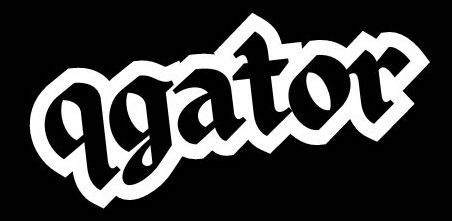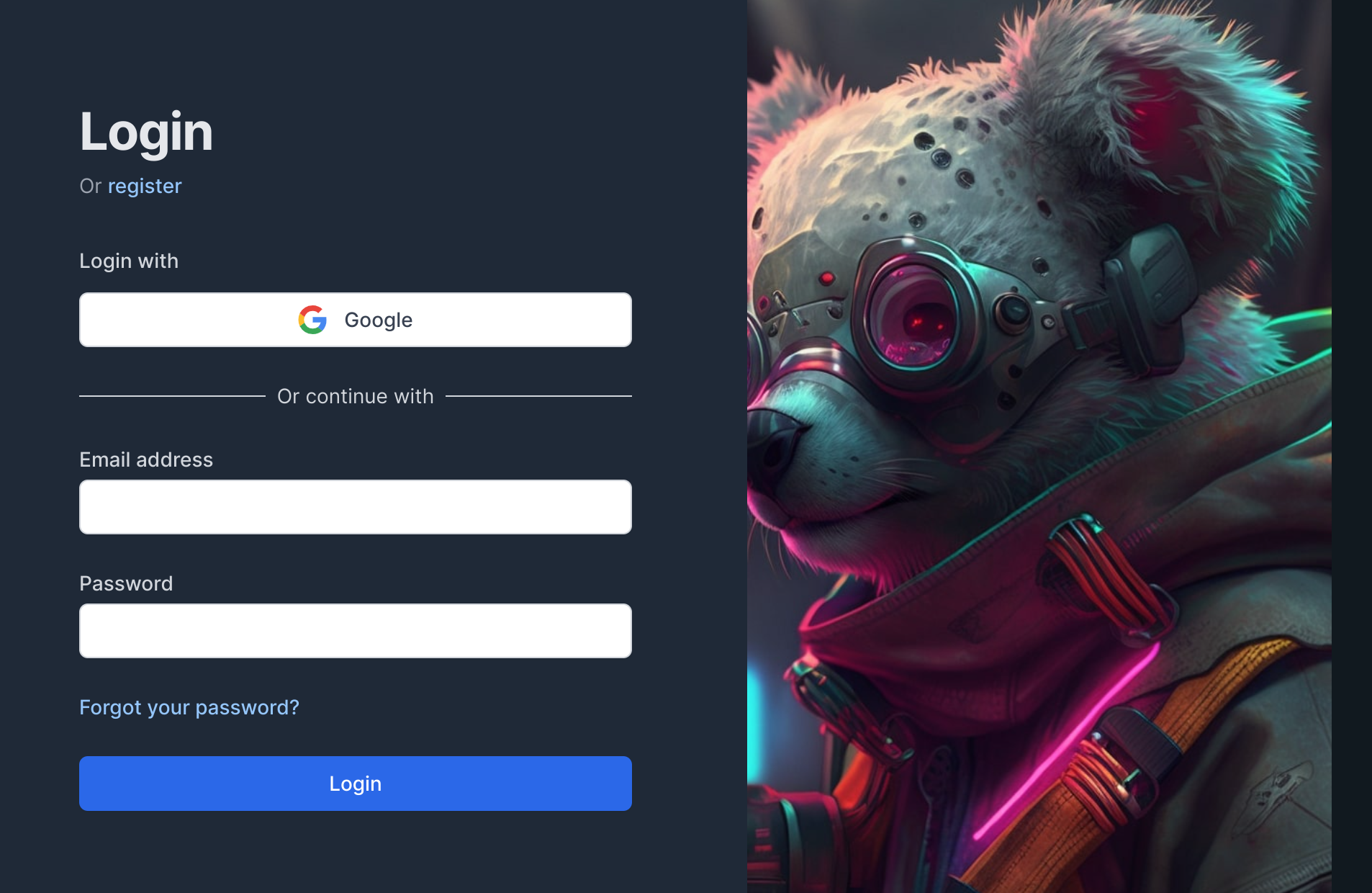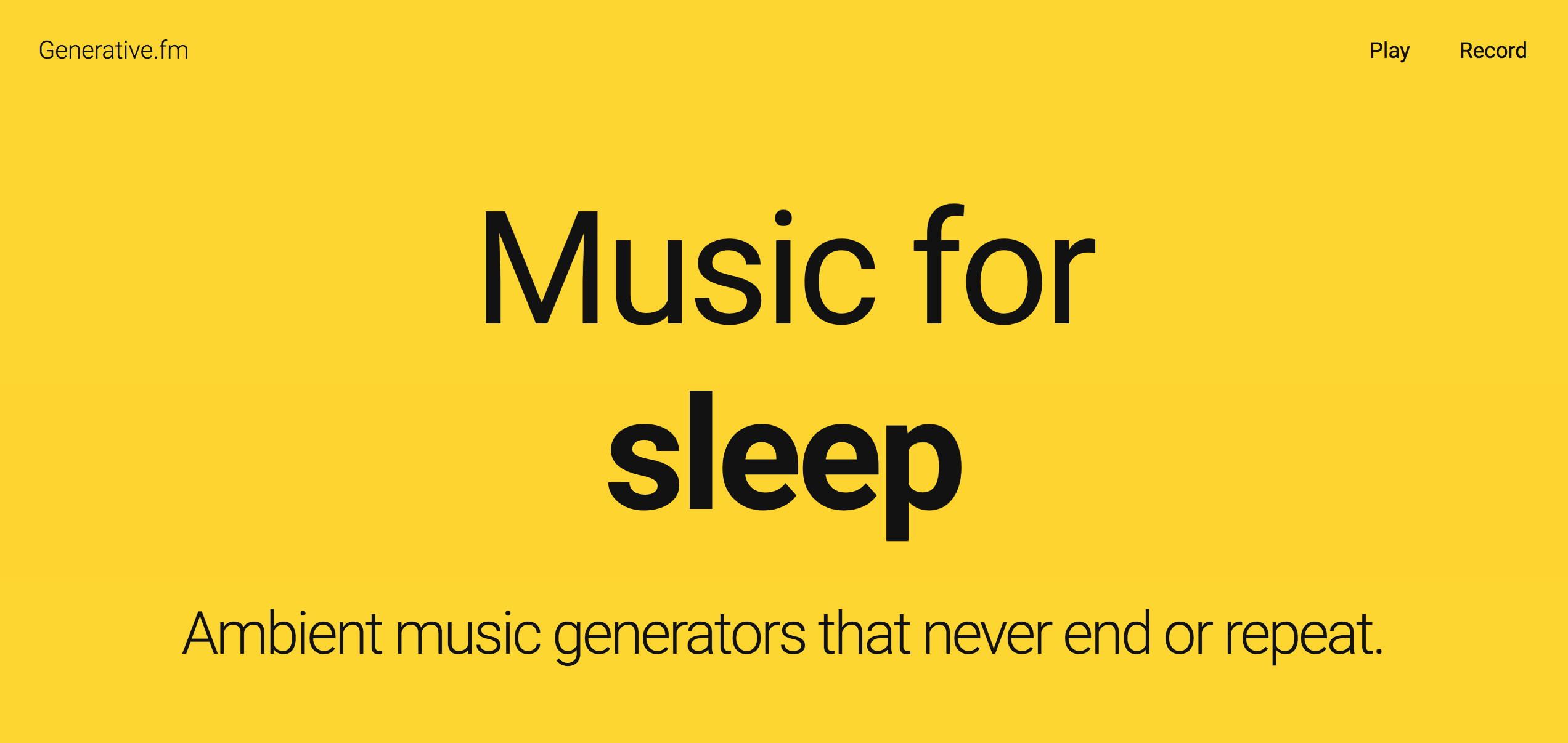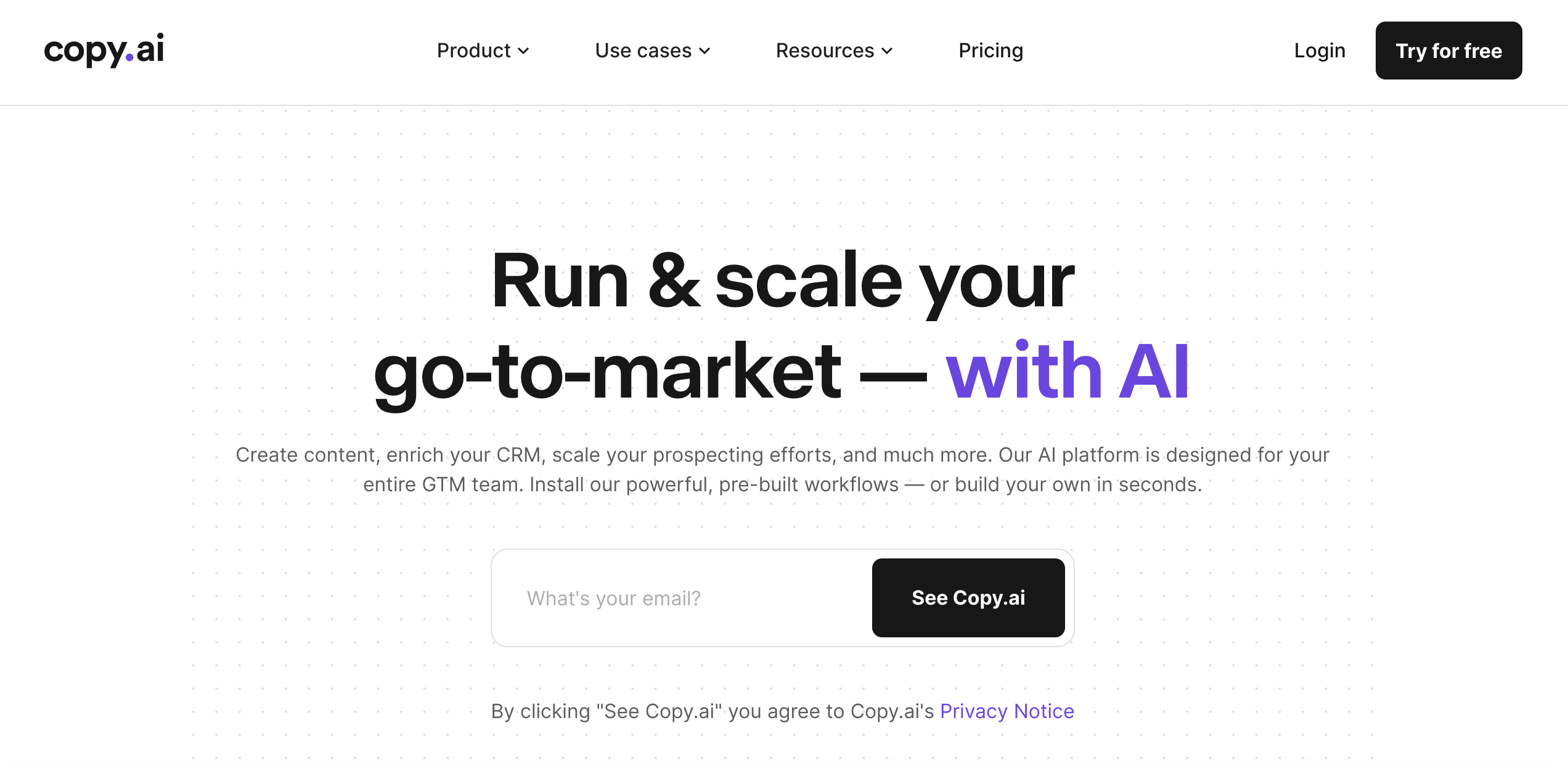Introduction
Web3 wallets are an essential tool for anyone looking to participate in the decentralized web. They enable users to store, manage, and transfer digital assets, such as cryptocurrencies and non-fungible tokens (NFTs), on the blockchain. In this article, we’ll explore what Web3 wallets are, how they work, the different types available, and the key features to look for.
What are Web3 Wallets?
A Web3 wallet is a digital wallet that enables users to interact with the decentralized web, such as blockchain-based applications and services. Unlike traditional wallets, which store physical cash and credit cards, Web3 wallets store digital assets like cryptocurrencies, NFTs, and other tokens.
Web3 wallets are designed to be interoperable, which means that they can work with different blockchains and decentralized applications (dapps). This enables users to manage their digital assets across different platforms, without needing to create multiple wallets.
How Do Web3 Wallets Work?
Web3 wallets work by creating a public and private key pair that is used to interact with the blockchain. The public key acts as the wallet’s address, which is used to send and receive digital assets. The private key, which is known only to the wallet owner, is used to sign transactions and authorize the transfer of digital assets.
When a user wants to send or receive digital assets, they use their Web3 wallet to create a transaction and sign it with their private key. The transaction is then broadcast to the blockchain network, where it is verified and added to the blockchain ledger.
Types of Web3 Wallets
There are several types of Web3 wallets available, each with its own unique features and characteristics. The main types of Web3 wallets include:
- Desktop Wallets: These are software wallets that are installed on a user’s computer. They offer a higher level of security than web-based wallets, as the private key is stored locally on the user’s device.
- Mobile Wallets: These are software wallets that are installed on a user’s mobile device. They offer a high level of convenience, as users can easily manage their digital assets on-the-go.
- Hardware Wallets: These are physical devices that are designed to store digital assets offline, away from the internet. They offer the highest level of security, as they are not susceptible to online attacks.
- Web-based Wallets: These are software wallets that are accessed through a web browser. They are easy to use, but offer a lower level of security than desktop or hardware wallets.
Key Features of Web3 Wallets
When choosing a Web3 wallet, there are several key features to look for. These include:
- Security: Look for wallets that offer strong encryption and multi-factor authentication to protect your digital assets.
- User Experience: Look for wallets that are easy to use and navigate, with intuitive interfaces and clear instructions.
- Interoperability: Look for wallets that can work with different blockchains and dapps, to enable you to manage your digital assets across different platforms.
- Backup and Recovery: Look for wallets that offer easy backup and recovery options, to ensure that you can access your digital assets even if you lose your device or private key.
- Community Support: Look for wallets that have an active and supportive community, with regular updates and bug fixes.
Security and Privacy Considerations
Security and privacy are critical considerations when using Web3 wallets. Here are some tips to help you keep your digital assets safe:
- Use a strong password: Create a strong and unique password for your Web3 wallet, and avoid using the same password for multiple accounts.
- Enable two-factor authentication (2FA): 2FA adds an extra layer of security by requiring a code generated by your mobile device in addition to your password.
- Keep your private key safe: Your private key is the most important piece of information for accessing your digital assets. Keep it safe and secure, and never share it with anyone.
- Backup your wallet: Make sure to backup your wallet regularly, and keep a copy of your private key in a safe place, such as a hardware wallet or a secure digital location.
- Stay up-to-date: Keep your Web3 wallet software up-to-date with the latest security patches and updates, and be wary of any suspicious activity or requests for information.
Conclusion
Web3 wallets are an essential tool for anyone looking to participate in the decentralized web. They enable users to store, manage, and transfer digital assets securely and conveniently. When choosing a Web3 wallet, it’s important to consider factors such as security, user experience, interoperability, backup and recovery, and community support. By following best practices for security and privacy, you can ensure that your digital assets are safe and secure in your Web3 wallet.

















